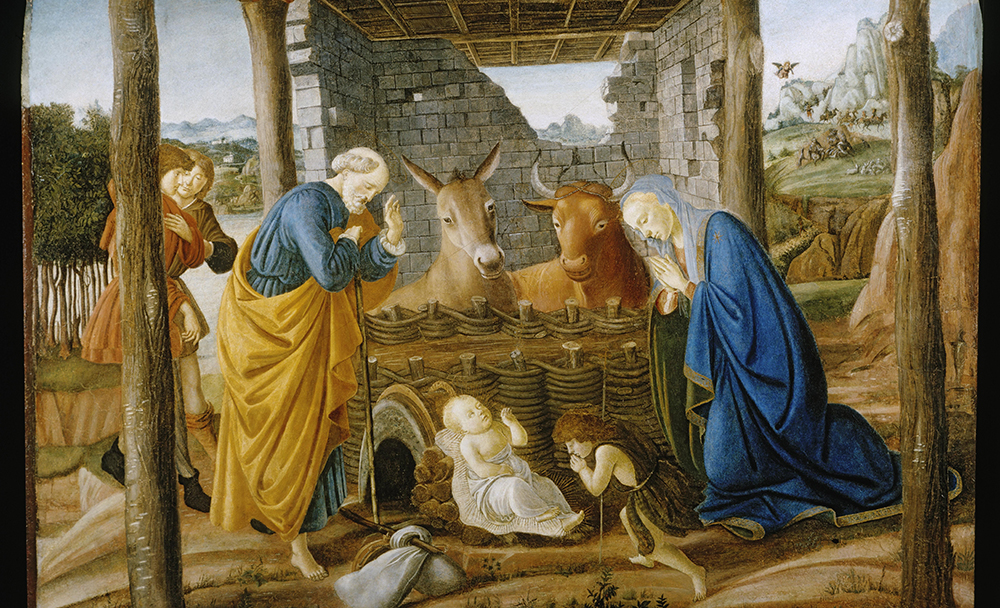Easter has always been the principal feast on the Christian calendar. Christmas was not commonly observed until the fourth century, when Constantine established Christianity as the state religion of the Roman Empire. At that time, the ancients celebrated a festival, named “Birthday of the Unconquered Sun,” to herald the lengthening of days after the winter solstice. The celebration ended around Dec. 25, therefore, many believe Christians simply “took over” the feast and substituted Jesus in their celebrations.
A better case can be made for Jesus’ December birth by consulting Luke’s Gospel, where we learn John the Baptist’s father was chosen by lot “to enter the temple … and burn incense” (Lk 1:9, RSV). Israel had a plethora of priests, so the actual temple service may have occurred only once in a priest’s lifetime. Because an angel appeared to Zechariah during his service, some scholars feel this all-important event may have taken place on the Day of Atonement, which fell then (as now) in late September.
When Gabriel appears to Mary, he says, “Your kinswoman Elizabeth . . . has also conceived … and this is the sixth month with her” (Lk 1:36, RSV), which means it was about March. Mary spends “about three months” with Elizabeth, so this places John the Baptist’s birth late in June, and Jesus’ in December.

